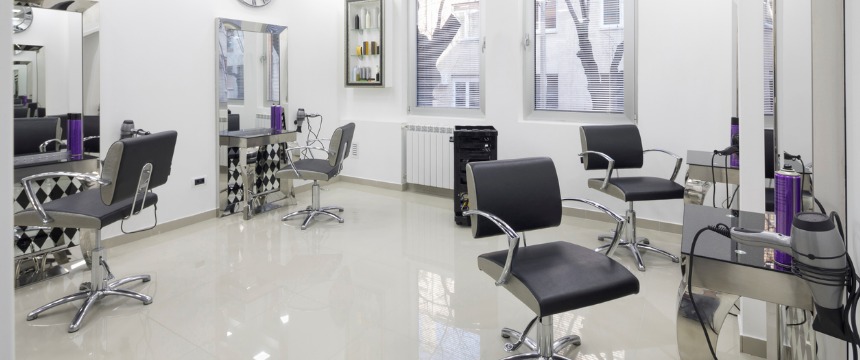
New York recently became the second state, after California, to prohibit discrimination based on hairstyle. On July 12, 2019, Gov. Andrew Cuomo signed a bill that amends the state’s civil rights law to make it clear that its ban on racial discrimination includes “traits historically associated with race,” including hair texture and protective hairstyles. The law goes on to define protective hairstyles to include “braids, locks and twists.”
California enacted a very similar law just nine days earlier, on July 3, 2019. The California law, called the “Crown Act,” amends the state’s Fair Employment and Housing Act to include in the definition of race “traits historically associated with race, including, but not limited to, hair texture and protective hairstyles.” Like the New York law, it defines “protective hairstyles” to include “such hairstyles as braids, locks, and twists.” The idea behind such laws is that restrictive dress and grooming codes that prohibit such hairstyles have a disparate impact on African American employees and applicants.
According to Section 1 of the California law,
Despite the great strides American society and laws have made to reverse the racist ideology that Black traits are inferior, hair remains a rampant source of racial discrimination with serious economic and health consequences, especially for Black individuals. . . . In a society in which hair has historically been one of many determining factors of a person’s race, and whether they were a second class citizen, hair today remains a proxy for race. Therefore, hair discrimination targeting hairstyles associated with race is racial discrimination.
The concern that restrictions regarding hair could be used as a proxy for race have existed for some time. However, the issue gained national attention in late 2018 when a New Jersey high school student was ordered to cut his hair, which he wore in dreadlocks, during a wrestling match, because a referee alleged his hairstyle was not in compliance with league regulations. In response, the Civil Rights Division of the New Jersey Attorney General’s office opened an investigation regarding the incident and potential bias in high school sports.
Employers with California and/or New York employees should review their handbooks and other policies to ensure they do not have any grooming policies that conflict with the new state laws. In addition, it would be wise to take this opportunity to review employee handbooks generally for employees in all states to ensure that no grooming or dress code policies include restrictions that have a disparate impact on certain races or genders, or prohibit things that could be used as a proxy for race or another protected category. Such policies have come under scrutiny in the past for prohibitions on certain types of dress or grooming requirements that have a disparate impact on one gender (such as requirements for women to wear makeup).
The new California and New York laws should serve as a reminder to all employers that they must be careful to ensure that such policies do not also have a disparate impact on other protected categories, such as race, even in locations without specific hairstyle discrimination laws.
